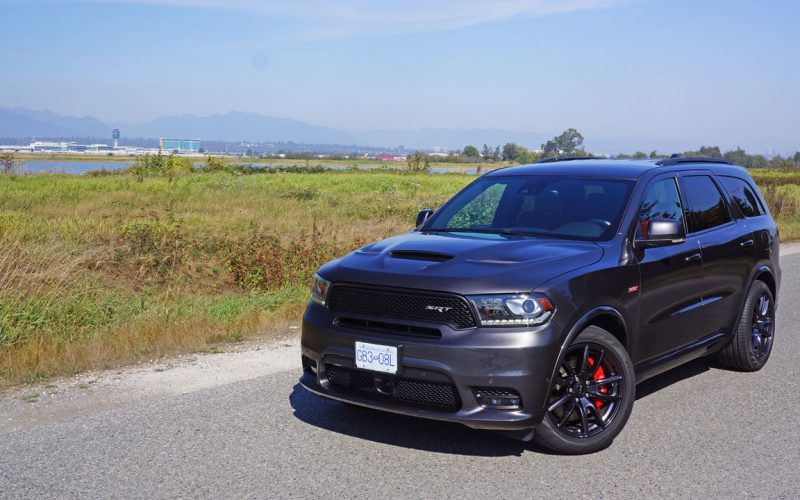
Reading Time: 10 minutesDodge is the Jolt Cola of the auto sector, or for those not old enough to
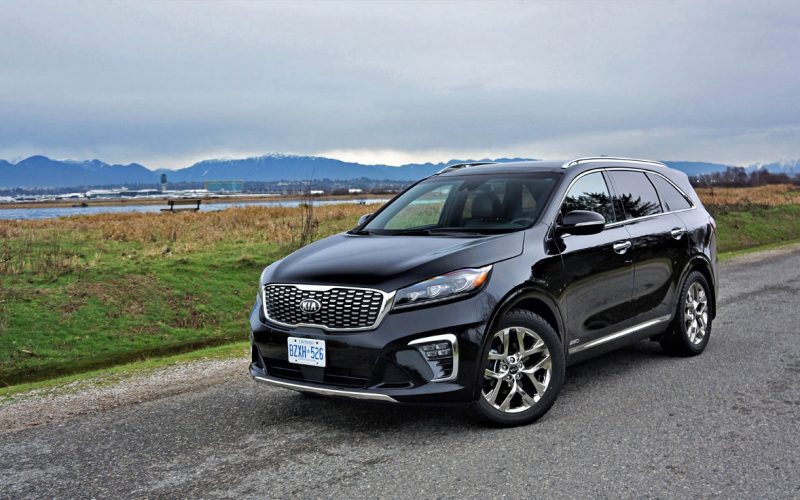
Reading Time: 14 minutesBack when first driving a 2016 Sorento, I found myself reveling in its sumptuous supply of
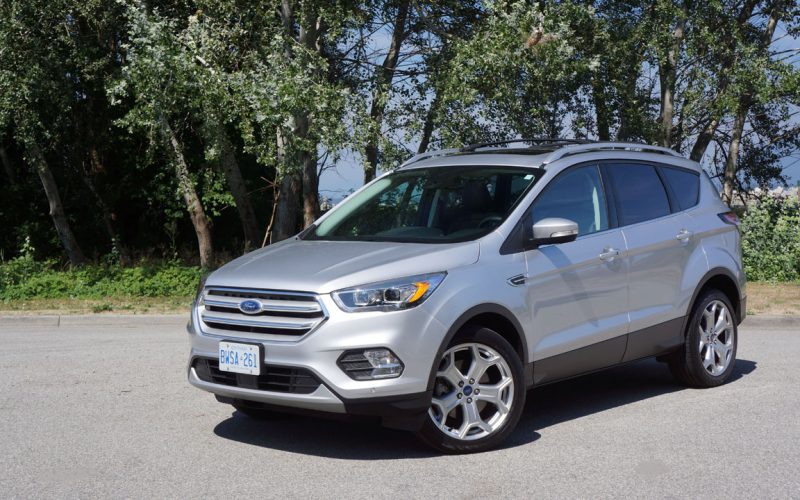
Reading Time: 13 minutesWith an all-new 2020 Escape already showing up at Canada’s blue-oval dealerships, it’s time to say
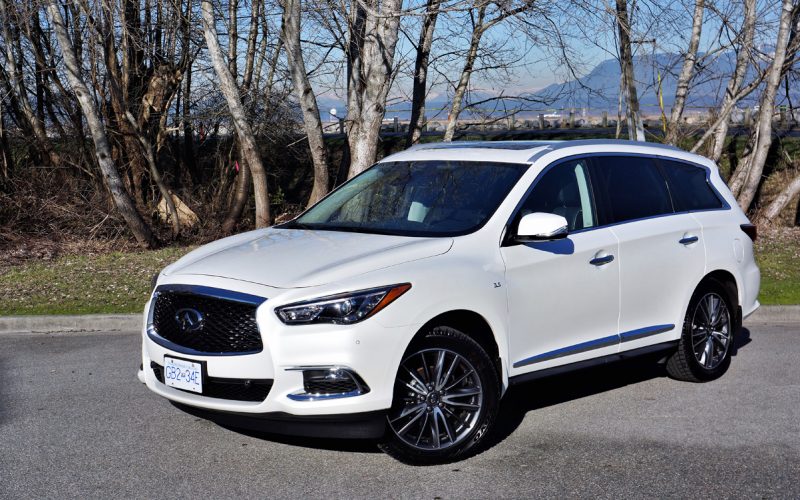
Reading Time: 10 minutesFew premium models mimic their mainstream volume branded donor platforms so closely as the QX60 does
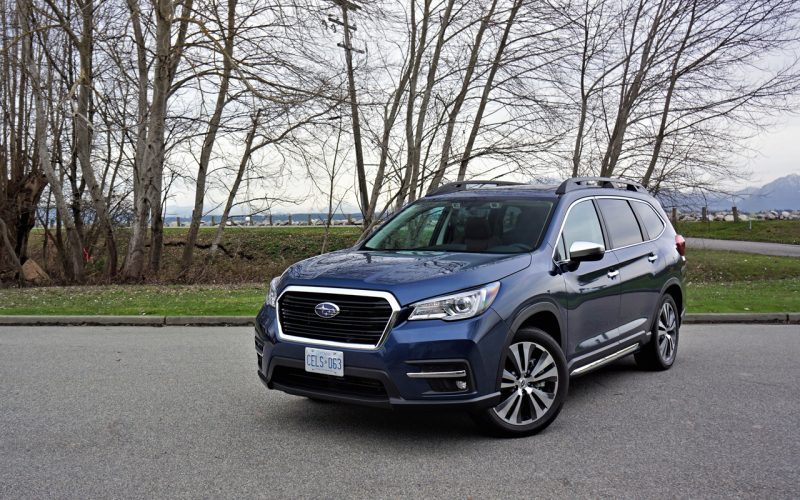
Reading Time: 14 minutesThe mid-size crossover SUV segment has more than blown wide open in recent years, with every
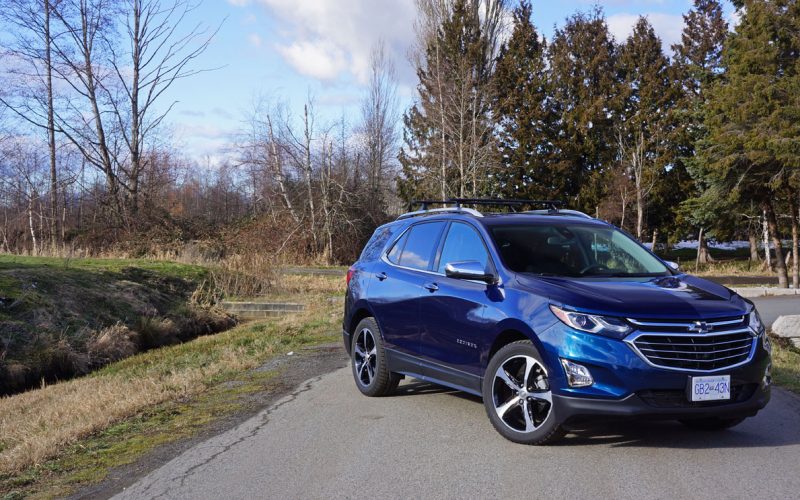
Reading Time: 12 minutesA diesel in a compact crossover SUV? Now that’s marching to a different drummer. In fact,
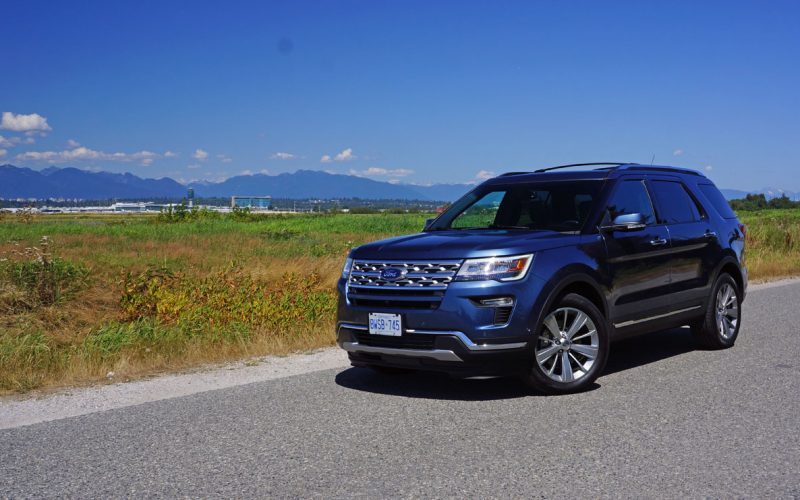
Reading Time: 12 minutesIf you like the current Ford Explorer, or more accurately the outgoing Explorer, now is the
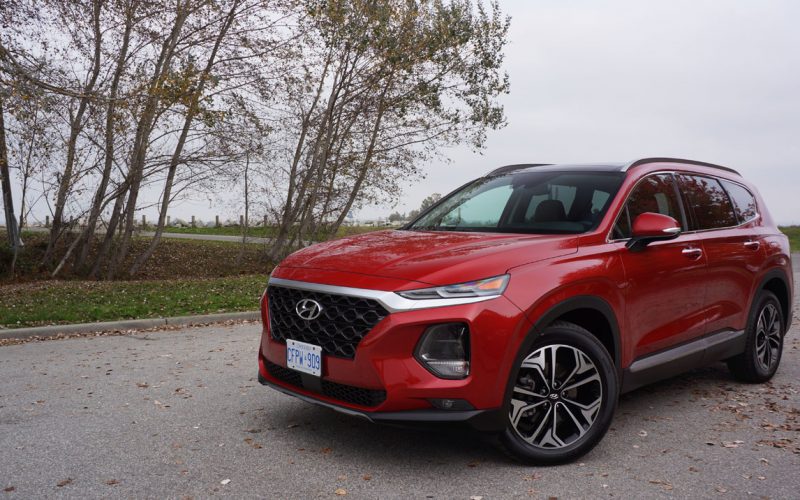
Reading Time: 14 minutesNow that the upstart Genesis brand is finding its footing in the luxury sector, having initially